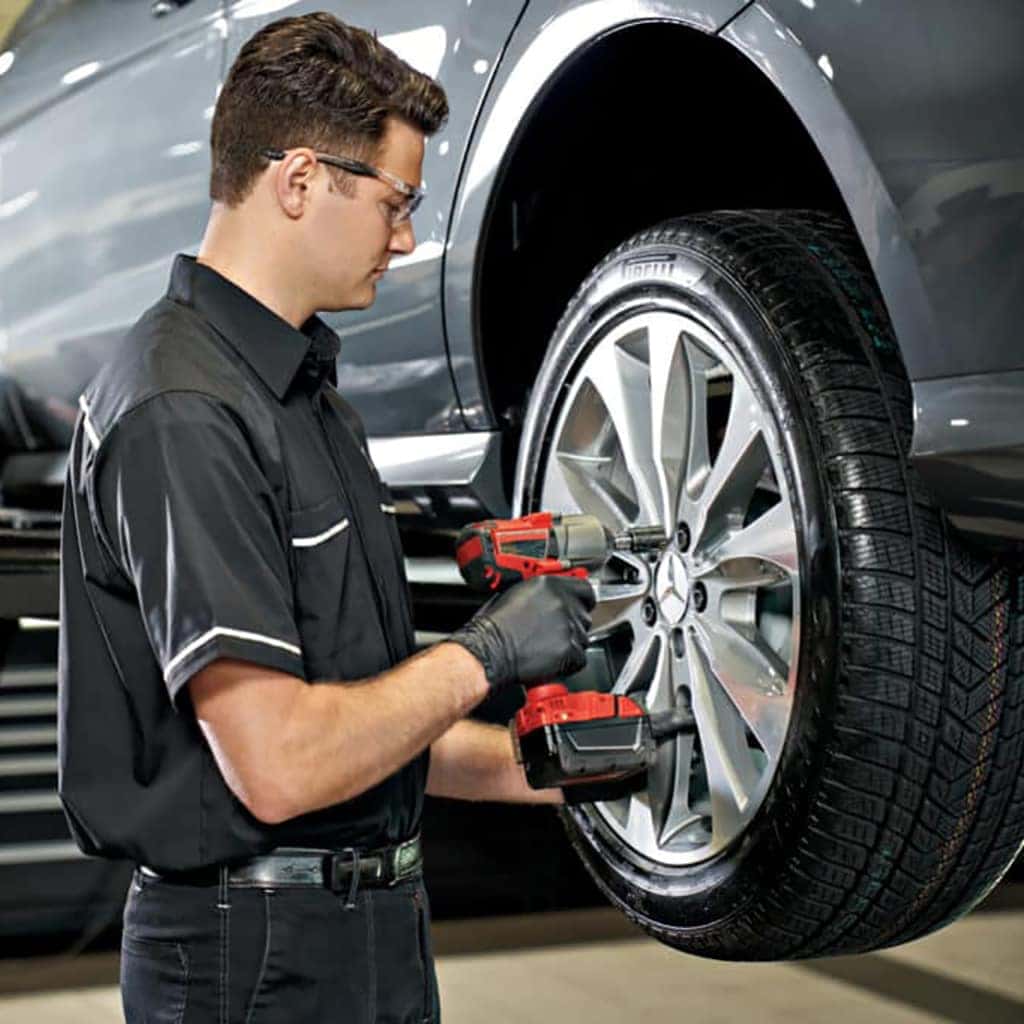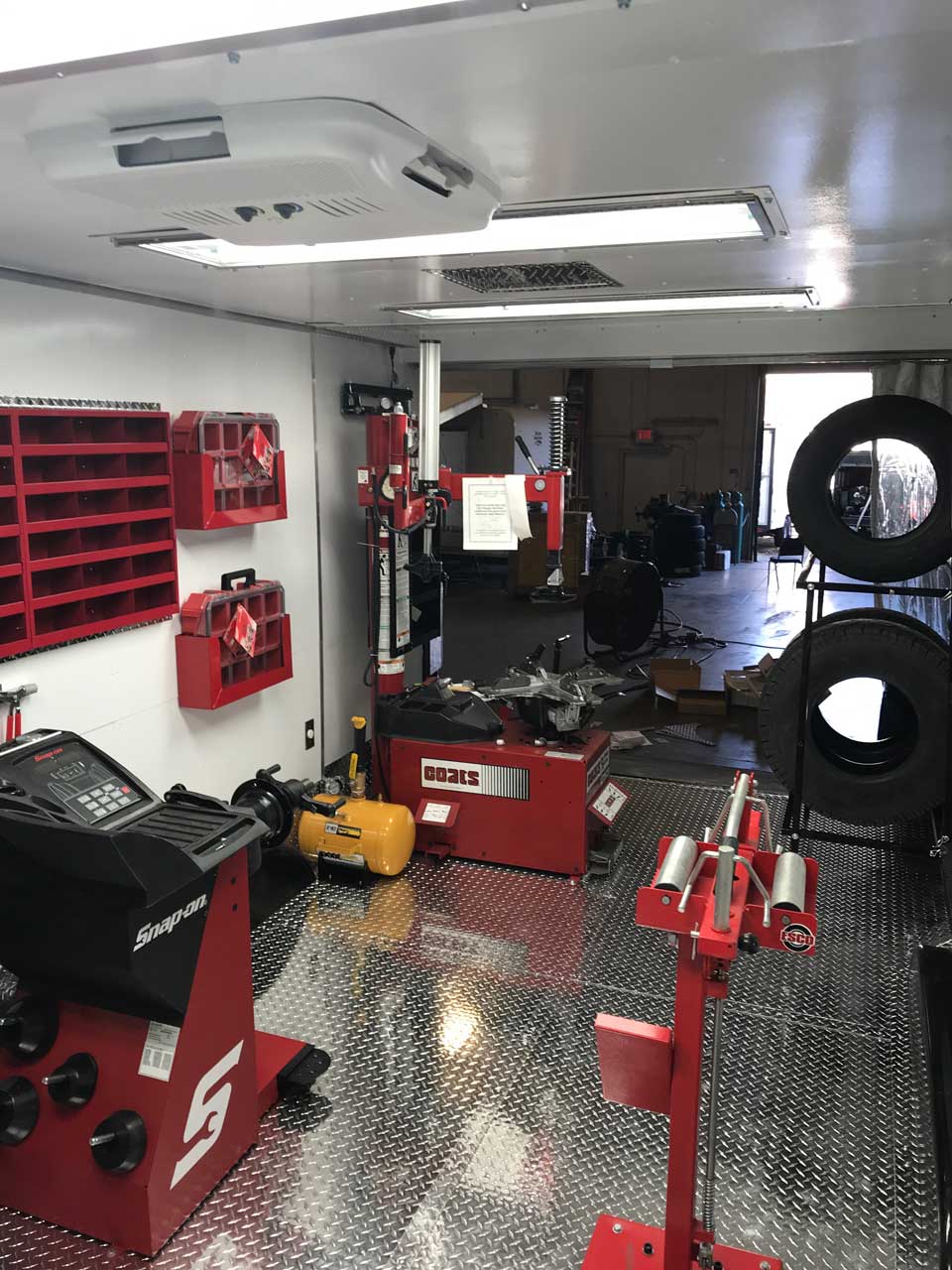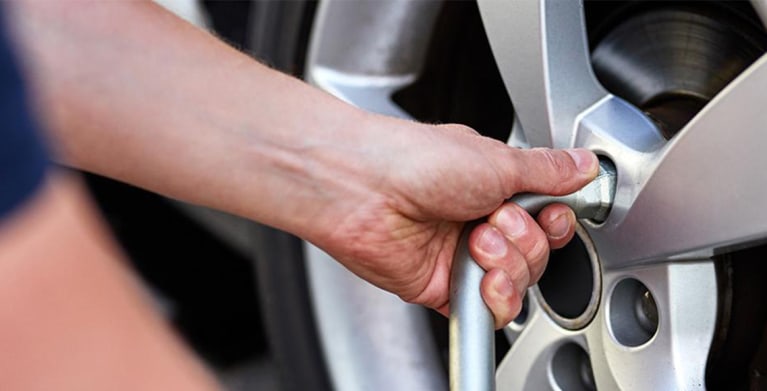Boost Your Drive: Top-Notch GMC Tires Service at Morris Tires
Boost Your Drive: Top-Notch GMC Tires Service at Morris Tires
Blog Article
Tire Solution: The Effect of Weather Conditions
When it comes to making sure ideal performance and safety on the road, comprehending the influence of climate problems on tire service is critical. GMC Tire Service. In this discussion, we will certainly discover the complex connection in between weather problems and tire solution, shedding light on the relevance of weather-specific tire upkeep methods and considerations.
Warmth and Tire Efficiency
When revealed to heats, tires experience changes in performance that can significantly affect car safety and security and handling. The heat generated from long term driving or heat problems creates the tire rubber to soften, resulting in minimized step life and raised wear. As the rubber comes to be softer, the tire's hold when traveling decreases, impacting braking distances and general traction. In extreme instances, too much heat can also cause tire blowouts, posing a severe safety and security danger to the automobile and its residents.

Winter Results
Cold climate problems can have a significant effect on tire performance and security. In chilly weather, tires may also lose air pressure more rapidly, which can impact taking care of and gas efficiency.
To minimize the results of winter on tires, it is critical to frequently check tire pressure and inflate them to the producer's advised levels. Utilizing winter or all-season tires developed for cool weather problems can additionally boost grip and hold on icy or snowy roadways. Appropriate tire upkeep, including normal examinations for wear and damages, ends up being much more essential during cooler months to ensure ideal performance and security.
Rainy Conditions Impact
During wet conditions, tire performance and safety and security can be substantially influenced by the damp roadway surfaces and lowered visibility. The tread pattern of tires plays an essential duty in maintaining grip on damp roads. Tires with worn-out footsteps are a lot more prone to hydroplaning, where a layer of water builds up in between the road and the tire surface area, bring about loss of grip. To fight this, motorists ought to frequently evaluate their tires for adequate step deepness and consider spending in tires especially created for damp conditions.
Moreover, stormy climate can likewise decrease exposure, making it testing for motorists to see the road in advance plainly (GMC Tire Service). In such conditions, it is vital to adjust driving speeds appropriately and maintain a safe adhering to range to permit sudden stops. Correctly filled with air tires can also assist in maintaining control on damp roads by offering better handling and grip
Snow and Tire Security
Snow-covered roadways posture special challenges for vehicle drivers, highlighting the importance of correct tire option and maintenance. When driving in snowy problems, having the ideal tires can make a considerable distinction in security and performance. Wintertime tires are developed with unique rubber compounds and walk patterns to provide far better grip on snow and ice compared to all-season tires. The deeper footsteps and sipes of wintertime tires aid grip the road better, lowering the risk of sliding and slipping.

Moreover, chauffeurs should take into consideration installing tire chains in severe snowy conditions. Tire chains supply additional traction by clutching the snow and ice, improving security and control. However, it is necessary to adhere to manufacturer instructions when using and mounting tire chains to prevent damages to the tires and lorry. By selecting the ideal tires, preserving proper inflation, and thinking about extra grip aids like tire chains, drivers can improve their security when navigating snow-covered roads.
Weather-Related Tire Maintenance
Weather-related tire upkeep includes an array of methods aimed at ensuring ideal tire function and long life in different climate scenarios. One key facet of weather-related tire upkeep is tire stress guideline. Examining tire walk routinely and replacing tires when walk wear gets to a specific deepness is important for keeping traction and stability in adverse climate.
Conclusion
In final thought, climate conditions have a considerable influence on tire efficiency and security. From warm influencing tire stress and use to cold weather lowering grip, it is vital to take into consideration the weather when maintaining and using tires.
In this discussion, we will discover the complex connection in between weather conditions and tire service, dropping light on her explanation the significance of weather-specific tire upkeep techniques and factors to consider.

Report this page